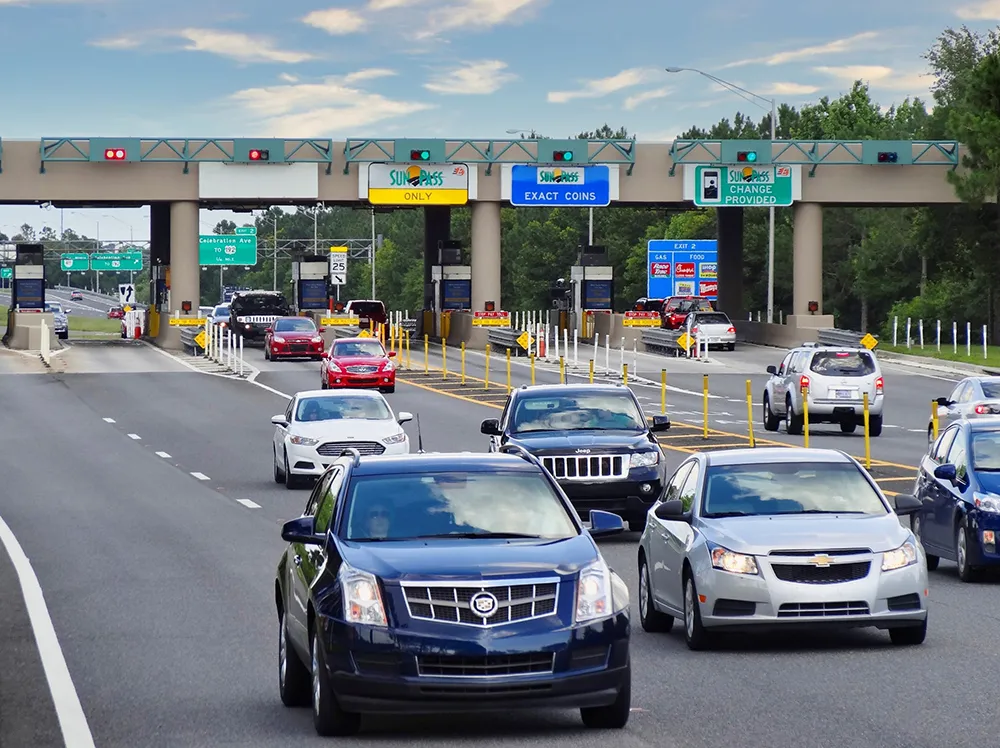The USDOT has released new reports highlighting its latest research initiatives and findings related to intelligent transportation systems (ITS).
These include Coordination of Mobile Devices: Technology and Standards Scan (FHWA-JPO-15-224), which presents the technology scan and standards assessment performed for the USDOT project on utilising mobile devices in connected vehicle applications. The report provides an overview of relevant communication and connected vehicle technology, and identifies the mo
October 17, 2016
Read time: 2 mins
The USDOT has released new reports highlighting its latest research initiatives and findings related to intelligent transportation systems (ITS).
These include Coordination of Mobile Devices: Technology and Standards Scan (FHWA-JPO-15-224), which presents the technology scan and standards assessment performed for the USDOT project on utilising mobile devices in connected vehicle applications. The report provides an overview of relevant communication and connected vehicle technology, and identifies the most capable technologies for supporting these use cases. Finally, it summarises domestic and international industry standards, and identifies the standards that are most applicable for incorporating mobile devices into the connected vehicle environment.
In addition, the Assessment Report of US-Japan-Europe Collaborative Research on Probe Data: International Probe Data Work Group Phase 2 (FHWA-JPO-16-356) reports on a US-Japan-Europe ITS Task Force established specifically to facilitate the exchange of information and identify areas for collaborative research for the development and deployment of ITS in the three nations. The task force identified four high-priority areas for conducting collaborative research: (1) international standards; (2) evaluation tools and methods; (3) probe data; and (4) automation in road transport. This report documents the work conducted from the fall of 2013 through the fall of 2015.
Other new publications include the US-Japan Collaborative Research on Evaluation Tools and Methods: Comparison of Evaluation Tools and Methods Used in the United States and Japan (FHWA-JPO-16-326) and the Accessible Transportation Technologies Research Initiative (ATTRI) User Needs Assessment: Stakeholder Engagement Report (FHWA-JPO-16-354
These include Coordination of Mobile Devices: Technology and Standards Scan (FHWA-JPO-15-224), which presents the technology scan and standards assessment performed for the USDOT project on utilising mobile devices in connected vehicle applications. The report provides an overview of relevant communication and connected vehicle technology, and identifies the most capable technologies for supporting these use cases. Finally, it summarises domestic and international industry standards, and identifies the standards that are most applicable for incorporating mobile devices into the connected vehicle environment.
In addition, the Assessment Report of US-Japan-Europe Collaborative Research on Probe Data: International Probe Data Work Group Phase 2 (FHWA-JPO-16-356) reports on a US-Japan-Europe ITS Task Force established specifically to facilitate the exchange of information and identify areas for collaborative research for the development and deployment of ITS in the three nations. The task force identified four high-priority areas for conducting collaborative research: (1) international standards; (2) evaluation tools and methods; (3) probe data; and (4) automation in road transport. This report documents the work conducted from the fall of 2013 through the fall of 2015.
Other new publications include the US-Japan Collaborative Research on Evaluation Tools and Methods: Comparison of Evaluation Tools and Methods Used in the United States and Japan (FHWA-JPO-16-326) and the Accessible Transportation Technologies Research Initiative (ATTRI) User Needs Assessment: Stakeholder Engagement Report (FHWA-JPO-16-354










